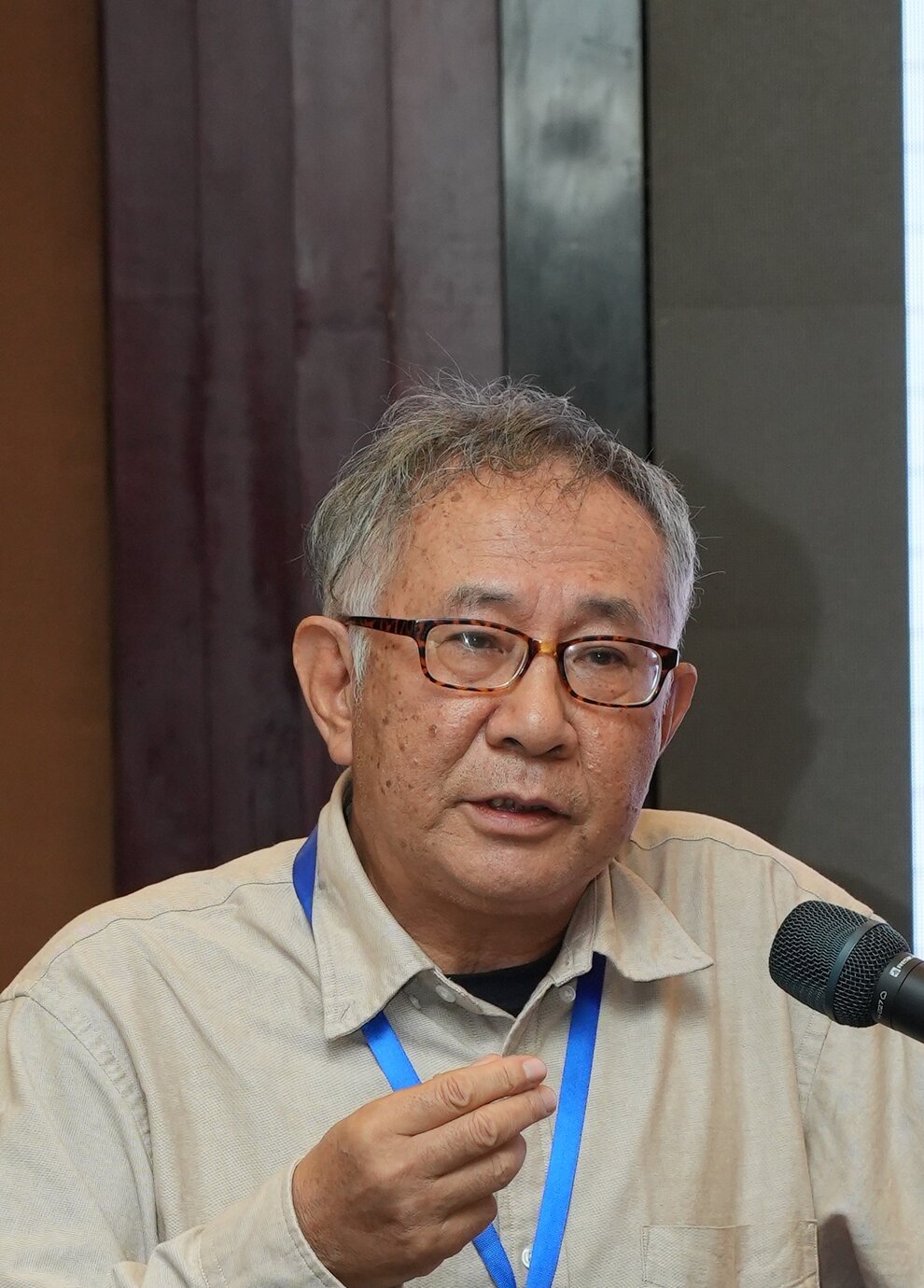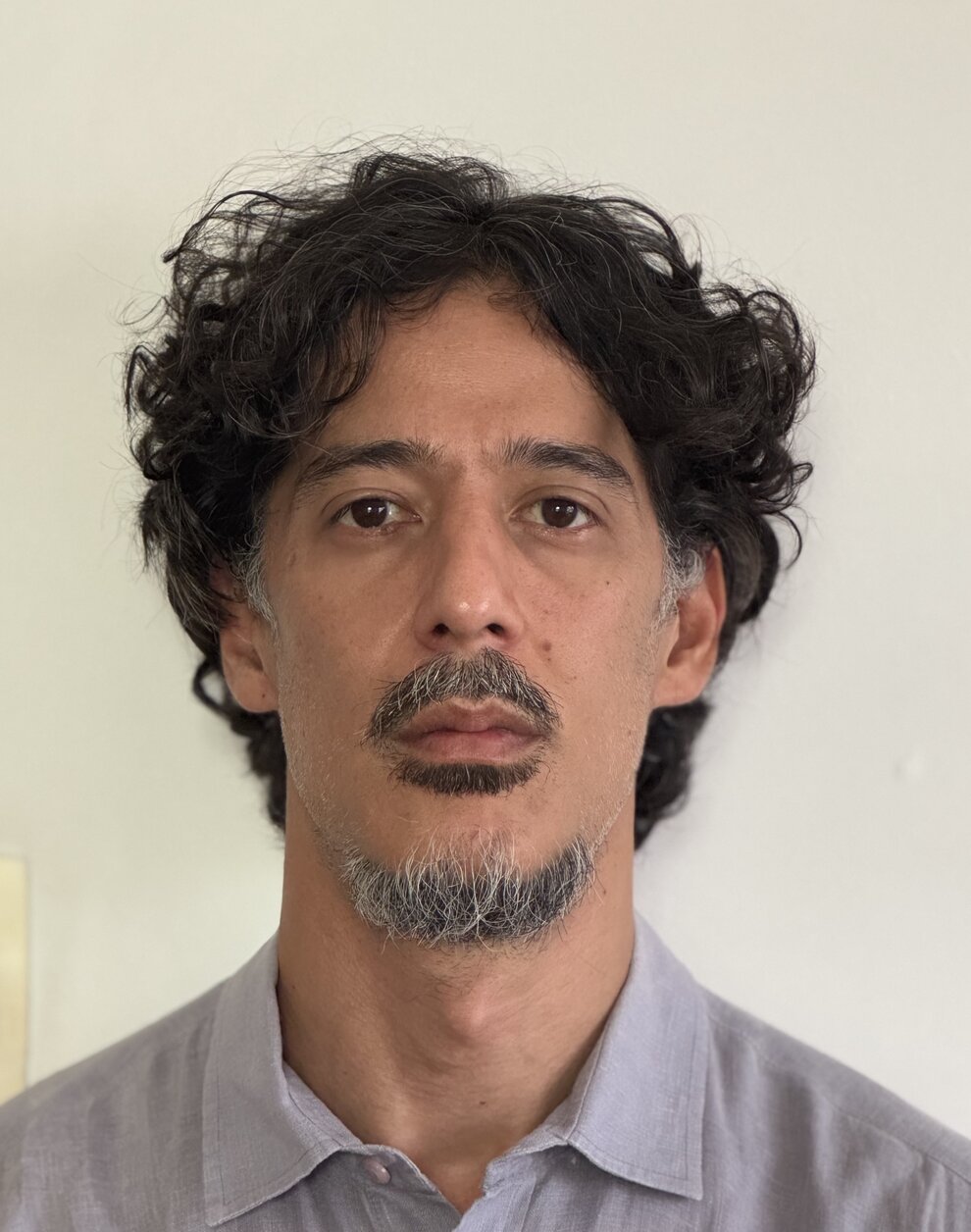Mélanie Ferras


Mélanie Ferras obtained her PhD in Andean archaeology from the Université Lettres Sorbonne (Paris, France) as part of the research team at the Centre de Recherche sur l’Amérique Préhispanique (CeRAP). Her research focused on archaeological remains related to musical and sound practices in the pre-Hispanic Central Andes.
She is currently a postdoctoral researcher affiliated with the Archéologie des Amériques laboratory (ArchAM, UMR 8096), where she is conducting research on Andean bone industry through the analysis of a group of articulated bone pins discovered at the site of Chavín de Huántar (Ancash, Peru).
She is also an associate researcher at the Programa de Investigación Arqueológica y Conservación Chavín de Huántar (PRIACCH), directed by Professor John W. Rick (Stanford University, United States). In parallel with her research activities, she teaches archaeology at various universities (Lettres Sorbonne Université, Université de Picardie Jules Verne, Université Catholique de Lille).
The project
Title: Articulated Bone Pins from Chavín de Huántar (1200–500 BCE), Ancash, Peru
"This project focuses on the analysis of a group of articulated and sculpted bone pins discovered at the Andean ceremonial center of Chavín de Huántar. This set of approximately 87 manufactured objects is an exceptional find and, to date, remains unique for the Formative Period (1800–200 BCE) in the Central Andes. These artifacts exhibit an extremely high level of technical refinement and were crafted from a single piece of bone, featuring three articulated parts: a fine pin, a chain with links, and a distal section with a carved motif.
This project employs a multidisciplinary approach to bone technology, including technical analysis of the artifacts, 3D digitization, and raw material characterization. The objective of the postdoctoral research stay in Peru is to digitally record the artifacts, analyze surface wear using scanning electron microscopy, and export fragments to France for isotopic analysis to determine the ecological origin of the animal species that provided the raw material."
Hosting Institution: IFEA
Selected publications
- Ferras, Mélanie. 2024. La industria ósea del Formativo en el norte-centro andino: metodología, problemáticas y perspectivas del enfoque tecnológico. XI Congreso Nacional de Arqueología, Lambayeque, Peru, November 2024.
- Ferras, Mélanie. 2024. Flat and Twisting Chains on the Articulated Bone Pins from Chavín de Huántar (1200–500 BCE), Ancash, Peru: Technical Distinctions and Experimentations. 15th Worked Bone Research Group International Meeting, Paris, France, May 2024.
- Ferras, Mélanie & Moretti, Alexia (eds.). 2024. Regards croisés. Iconography, Remains, and Socio-Cultural Practices of Past Human Societies. Frontière.s, Journal of Archaeology, History & Art History. Supplement 2.
- Ferras, Mélanie & Moretti, Alexia. 2024. From Played Instrument to Represented Practice: Understanding the Figures of Flutists in Recuay Iconography (North-Central Highlands of Peru, 100–800 CE). Frontière.s, Supplement 2, pp. 121–142.
- Ferras, Mélanie. 2023. Alfileres articulados de Chavín de Huántar, Ancash, Perú. Arqueológicas, 32(1), pp. 13–38.
- Ferras, Mélanie. 2023. Articulated Bone Artifacts in Chavín de Huántar: Preliminary Study and Group Definition. Berkeley, Institute of Andean Studies, 63rd Annual Meeting.


Monica Alonso Riveiro

Toon Van Overbeke

Xiaoyang Zhu


